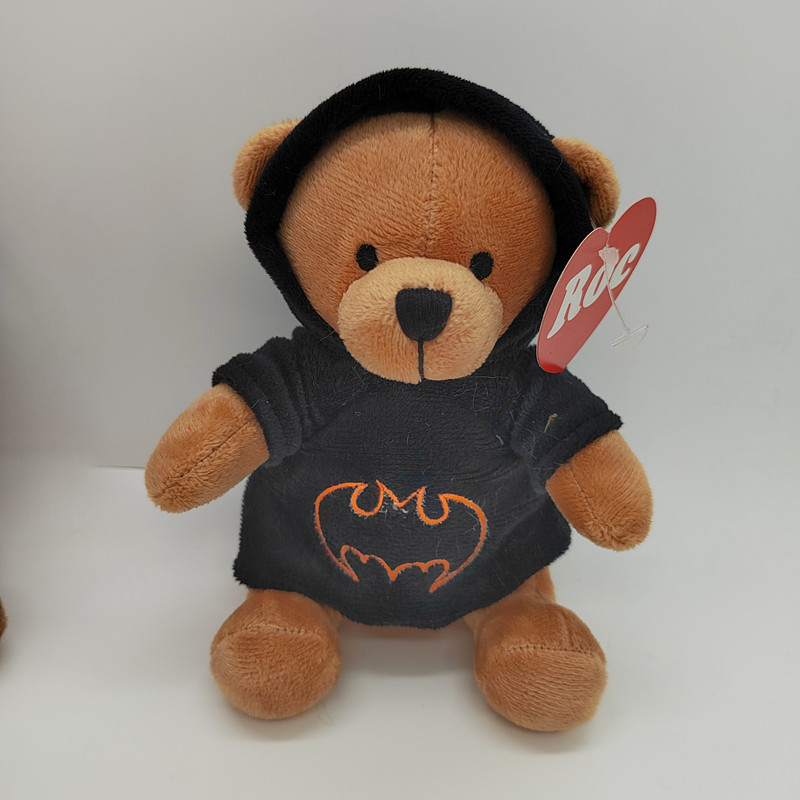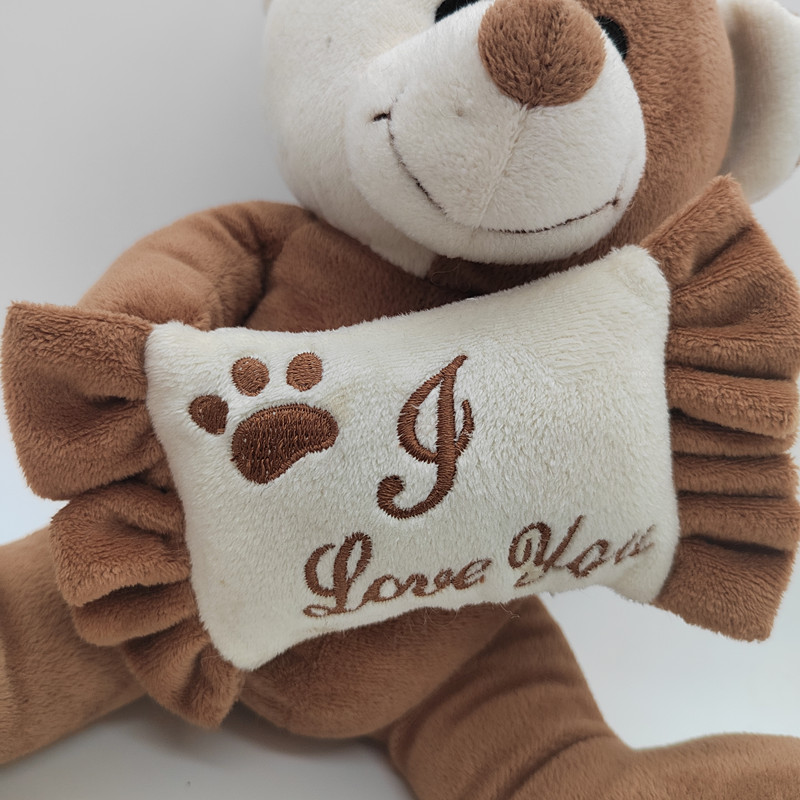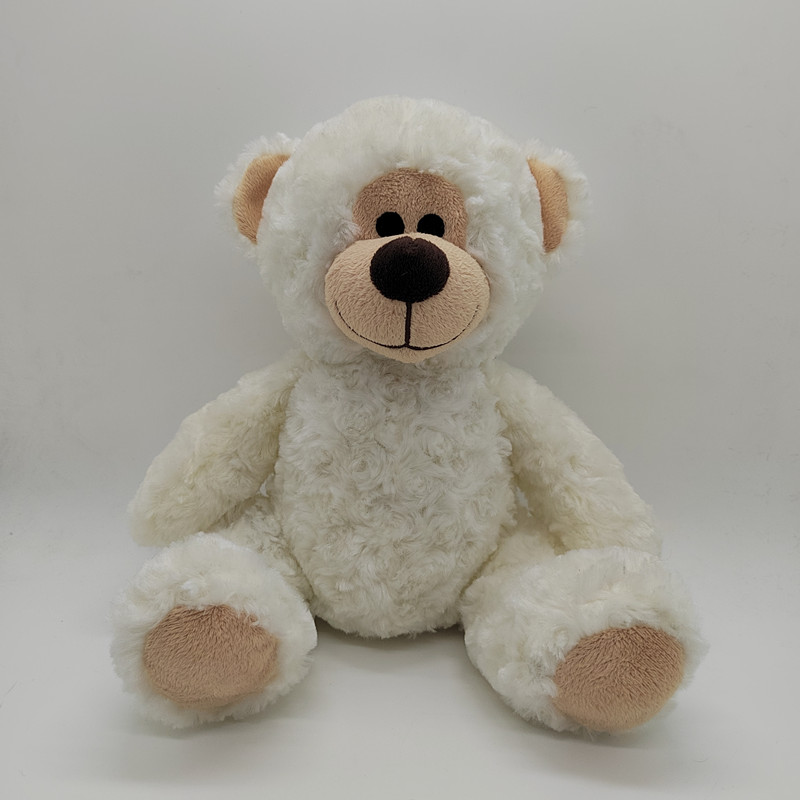1. What materials are plush toys made of?
- Short plush: Soft and delicate, suitable for small toys.
- Long plush: Longer, softer hair, often used for animal toys.
- Coral fleece: Lightweight and warm, suitable for winter toys.
- Polar fleece: Flexible and durable, suitable for children's toys.
- Organic cotton: Eco-friendly and safe, suitable for infant and toddler toys.
2. How to clean plush toys?
- Hand wash: Use warm water and a neutral detergent, gently scrub, and air dry.
- Machine wash: Place in a laundry bag, select the gentle cycle, and avoid high temperatures.
- Spot clean: Use a damp cloth with a small amount of detergent to rub stains, then wipe with clean water.
3. How is the safety of plush toys guaranteed?
- Choose a reputable brand: Ensure compliance with safety standards.
- Check for small parts: Avoid small parts that can easily fall off.
- Regularly inspect: Prevent damage or exposed filling.
- Avoid high temperatures and open flames to prevent deformation or burning.
4. What filling materials are used for plush toys?
- PP cotton: Soft and elastic, commonly found in mid-range and low-end toys.
- Down: Excellent warmth retention, used in high-end toys.
- Memory foam: Excellent elasticity, suitable for toys requiring support.
- Foam particles: Excellent flowability, suitable for moldable toys.
5. How should plush toys be stored?
- Dry and ventilated: Avoid humid environments to prevent mold.
- Avoid direct sunlight to prevent fading and aging.
- Clean regularly: Ensure the toys are clean and dry before storage.
- Use a storage box to avoid dust and insect infestation.
6. How should plush toys be cared for?
- Dust regularly: Use a vacuum cleaner or soft-bristle brush to remove surface dust.
- Avoid heavy pressure to prevent deformation.
- Protect from moisture and mildew: Use a dehumidifier or desiccant.
- Keep pets away to prevent damage or contamination.
7. What precautions should be taken when purchasing plush toys?
- Material safety: Choose non-toxic and harmless materials.
- Fine workmanship: Check for secure stitching and even filling.
- Age suitability: Choose styles appropriate for age.
- Brand reputation: Choose a reputable brand.
8. How environmentally friendly are plush toys?
- Choose environmentally friendly materials: such as organic cotton and recycled fibers.
- Recyclable: Some materials are recyclable, reducing environmental pollution.
- Reduced chemical processing: Choose products without chemical additives.
Post time: Sep-24-2025






